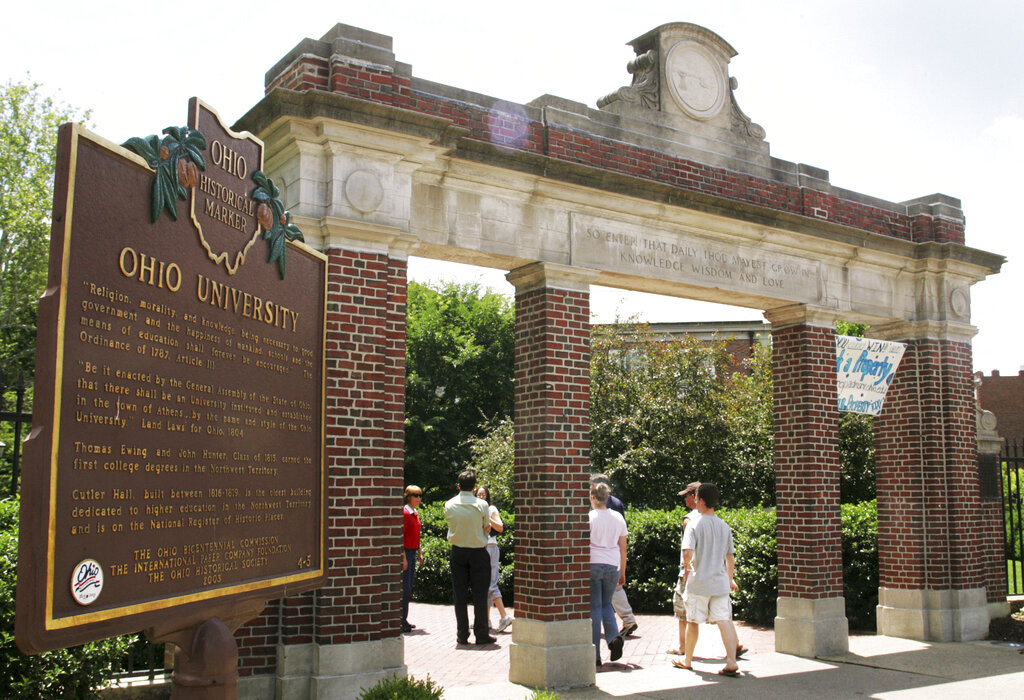COLUMBUS, Ohio (WCMH) – Affordability and stability. They’re the main selling points for central Ohio in recruiting new residents. But new data shows the Columbus area is struggling with soaring costs and low inventory.
According to data from Zillow, the average home price in Columbus five years ago was 160-thousand dollars.
Today, it’s more than $246,000, a 54% increase, and an increase of nearly 3% from last year. But that pricing problem is even more pronounced in the surrounding communities.
Last year, many local cities partnered to form the regional housing coalition, which is targeting 200,000 new housing units to be built within the next decade. Columbus has committed to build roughly half of those units.
That has led to many cities, especially the ones surrounding the new Intel plant in Licking County, embracing more density in its housing supply and development.
“For a lot of years, New Albany was one house per acre and, you know, it made sense at the time,” said New Albany Mayor Sloan Spalding. “As we are inviting more folks to the region, we have to take a little bit different philosophy with housing.”
New Albany is the wealthiest city in central Ohio, and among the most well-off in the state. The Intel plant sits within New Albany’s borders, which means the city is creating a new plan to welcome, potentially, thousands of new residents.
“Not everyone that works at Intel or works in our business campus is going to live in New Albany. We appreciate that,” Spalding said. “We want to be good partners regionally as we’re attracting people to the region for great employment opportunities.”
The city has a supply of townhomes and condominiums, but has alaso signed off on two mixed-use developments. The Hamlet, just north of 161, and Mershad Village Center, near the city’s center, will add a total of 300 residential units for the city. New Albany is aiming to build 1,500 new housing units in the coming years. But those projects were not an easy sell to residents.
“After a two- or three-year process, the project is finally underway… with some changes.” Spalding said.
In New Albany, the average home price is now more than $606,000, up 53% from five years ago. For the neighbors in Johnstown, their average home prices have shot up 61% over the past five years.
“The problem we’re facing now is because of this growth; those houses that were $100,000 are now $200… $250… $300,000,” said Johnstown Mayor Donny Barnard. “It’s pricing people out that they can’t live here. My real estate taxes for my house, I bought my house in 2017 for $330,000… Now, the builder in our neighborhood is building that same house for $550,000. A $200,000 increase. My real estate taxes this year went from $4,000 to $7000.”
“We’re being priced out of our houses here and we haven’t done anything. We’re just living here,” he said.
Johnstown City Council President Tiffany Hollis’ family grew up on the land where the Intel plant now sits.
“I assumed that my children would live here and raise their families here… And that is not possible anymore,” she said. “The average 20-something starter home isn’t achievable here.”
In Sunbury, central Ohio’s fastest growing city, residents are dealing with similar issues. From 2010 to 2020, Sunbury’s population rose by 50%, and that means higher housing prices. The average home value in Sunbury is now more than $460,000.
“If you bought a house that was 3,000 square feet for $200,000 and you can sell it for $400,000 you’re moving into a house that’s half the size for the same price you’re going to sell for. So that doesn’t accomplish anything,” Sunbury Mayr Joe St. John said. “I’m very concerned that we’ve boxed out age demographics of the population. You know, the 18- to 28-year-old, where do they live if they want to get a job in Sunbury? Where do our retirees go?”
St. John says the city is now home to several new apartment complexes as the city aims to attract, and keep, a more diverse population.
“It is really difficult to get the community on board because, you know, the last person in wants to shut the gate,” he said.
Many local governments, including Columbus, are embracing changes to decades-old zoning laws, allowing for more housing to be built quickly. The Columbus “Zone-In” campaign was the city’s first successful attempt in 70 years to change the city’s code.
“That old code was holding us back and I think was an accelerator for sprawl and a great amount of disparity within the city,” said Columbus Mayor Andrew Ginther. “Updating the code will help us grow in a dynamic but in an inclusive way moving forward. But it’s absolutely critical we get more units at every price point. I need more market rate, more affordable, more permanent supportive housing, because that’s why rents and home prices are rising faster than folks’ incomes right now.”
In smaller communities, zoning changes remain a controversial topic.
“It’s appointed members of zoning boards that are making these decisions, and oftentimes they’re the ones who are being yelled at or screamed at like you’re trying to change our community,” St. John said. “We have to realize what’s going on around us, that the region is short in housing. What do we do to pivot to address that challenge?”
Spalding says it will take a cooperative effort between city leaders across the region to meet the demand.
“At some point, it does become a, you know, sort of limiter to our growth. We can keep attracting all these incredible companies, but they need employees. And those employees go home every night to a place called The House,” he said. “We need to make sure that they have plenty of options in central Ohio. This problem is going to take all of us together to make this effort real.”













